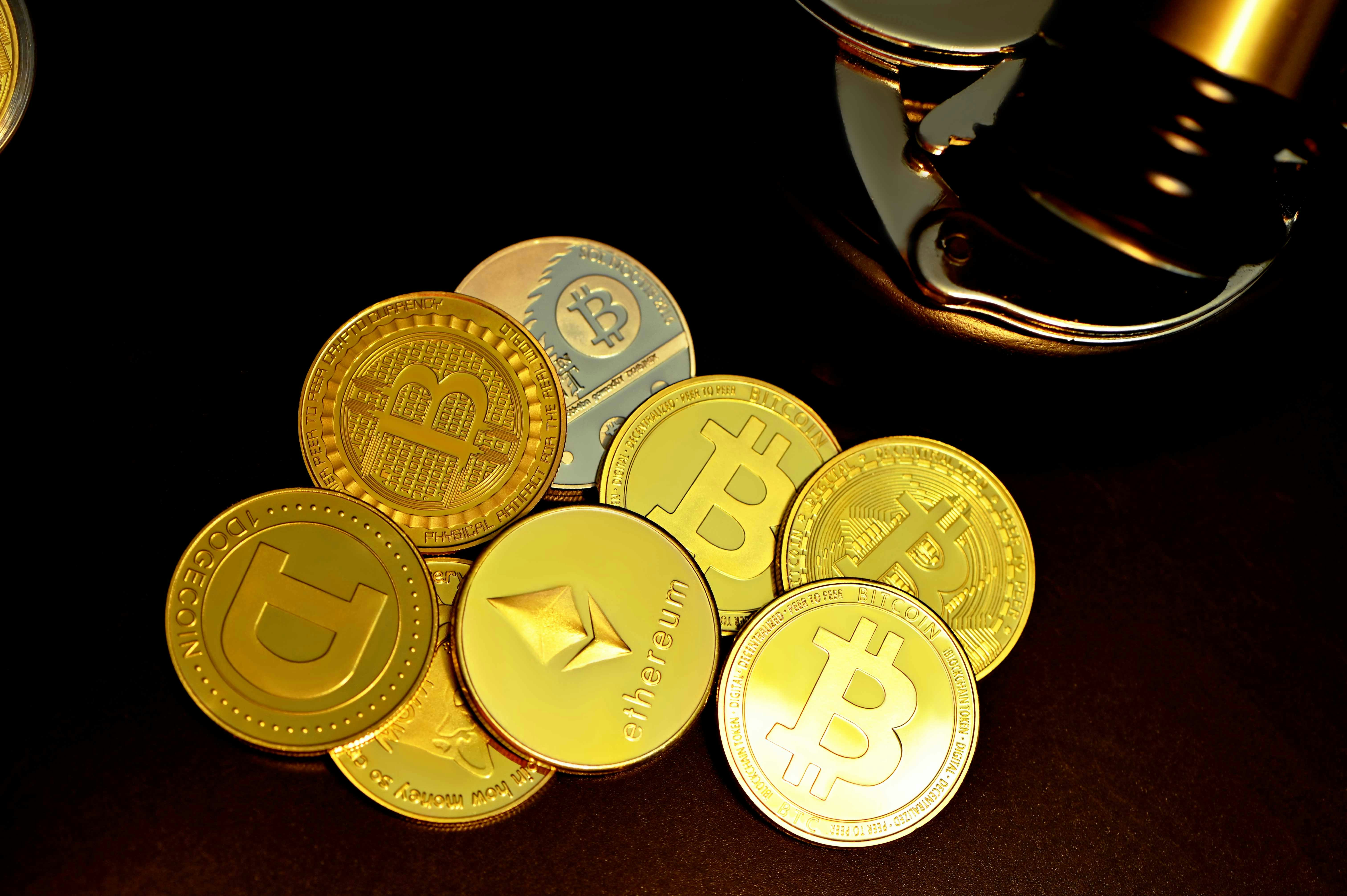Key Takeaways
Instant Transaction: Scan a QR code with a mobile device to initiate a quick payment.
Direct Wallet Connection: The code links directly to a Bitcoin wallet address for peer-to-peer transfers.
Error Reduction: It eliminates the need to manually type long, complex wallet addresses, preventing mistakes.
What is QR Code Payment?
A QR code payment is a method for sending Bitcoin (BTC) by scanning a two-dimensional barcode with a smartphone. This code contains all the necessary transaction data, such as the recipient's wallet address and the payment amount. For instance, a cafe might display a QR code for a coffee priced at 50,000 sats, allowing you to complete the purchase instantly from your mobile wallet.
This system makes sending BTC as simple as taking a picture. It removes the risk of errors from manually entering a long wallet address, a common source of lost funds. Whether you're tipping a creator online or buying goods at a market, QR codes provide a direct, peer-to-peer connection. This facilitates quick, secure transfers of any amount, from a few cents to thousands of dollars.
QR Code Payment Standards in Bitcoin (BIP21, BIP72, Lightning BOLT11)
BIP21 is the most common standard, creating a uniform resource identifier (URI) for Bitcoin payments. It packages the recipient's address and the requested amount into a single QR code. This simplifies the process for on-chain transactions, making them more reliable for users.
For payments on the Lightning Network, the BOLT11 standard is used to generate invoices. These invoices specify the payment details for rapid, low-cost transfers. This system is ideal for micropayments and retail settings where speed is critical.
Wallet and Merchant Integration for QR Code Payment
This is how you integrate QR code payments for your business.
- Select a Bitcoin wallet or payment processor that supports QR code generation. Many modern wallets and point-of-sale systems offer this feature built-in.
- Create a unique QR code for each item or a static code for your business's wallet address. You can specify the amount or leave it open for the customer to enter.
- Display the QR code clearly at your checkout counter, on your website, or directly on product pages. Make it easily scannable for customers.
- A customer scans the code with their mobile Bitcoin wallet, confirms the details, and authorizes the transaction. The funds are sent directly to your wallet.
Security, Fraud Risks, and Best Practices in QR Code Payment
While QR codes offer a simple payment method, they also present security challenges. Malicious actors can exploit them to redirect funds or install harmful software. Following key security practices is vital for protecting your Bitcoin assets during transactions.
Verification: Double-check that the payment details on your screen match the intended recipient before confirming.
Tampering: Inspect physical QR codes for any signs of being a sticker placed over the original code.
Source: Only scan codes from trusted merchants and known individuals to avoid phishing attacks.
Software: Keep your mobile wallet application updated to benefit from the latest security patches.
Networks: Avoid making transactions on unsecured public Wi-Fi where your data could be intercepted.
Banking and Compliance Considerations for QR Code Payment
Integrating Bitcoin QR code payments into a business model requires careful attention to financial regulations. While the technology facilitates direct peer-to-peer transfers, merchants must still operate within established legal frameworks. Adherence to compliance standards is critical for legitimacy and long-term operation.
KYC/AML: Businesses must follow identity verification and anti-money laundering rules, often through integrated payment services.
Taxation: All transactions are subject to capital gains or income taxes, requiring meticulous reporting.
Record-Keeping: Maintaining detailed transaction logs is essential for financial audits and accounting purposes.
Jurisdiction: Regulatory treatment of Bitcoin varies globally, demanding awareness of local laws.
Future Trends and Interoperability of QR Code Payment across Networks and Borders
The future of QR code payments points toward greater interoperability across different blockchain networks. Unified standards could allow a single QR code to initiate transactions on both Bitcoin's main chain and the Lightning Network. This development simplifies international commerce, allowing for fluid cross-border payments without complex conversions. The technology is positioned to connect disparate financial systems globally.
Lightspark Grid: Connecting QR Payments to Global Financial Rails
Lightspark Grid offers the foundational infrastructure for building advanced QR code payment systems. While Grid is not a consumer wallet, its API is the core engine. It processes transactions from a QR scan, managing the difficult backend work of currency conversion and settlement. A business can accept a Bitcoin payment via QR code, and Grid can instantly convert and settle the funds as dollars in their bank account, bridging crypto payments with traditional financial rails worldwide.
Commands For Money
Your application can use a QR code to initiate global payments, while Grid's API provides the commands to move value across currencies and borders as fluidly as data. Build the next generation of financial services by exploring the documentation and requesting early access to the platform.


